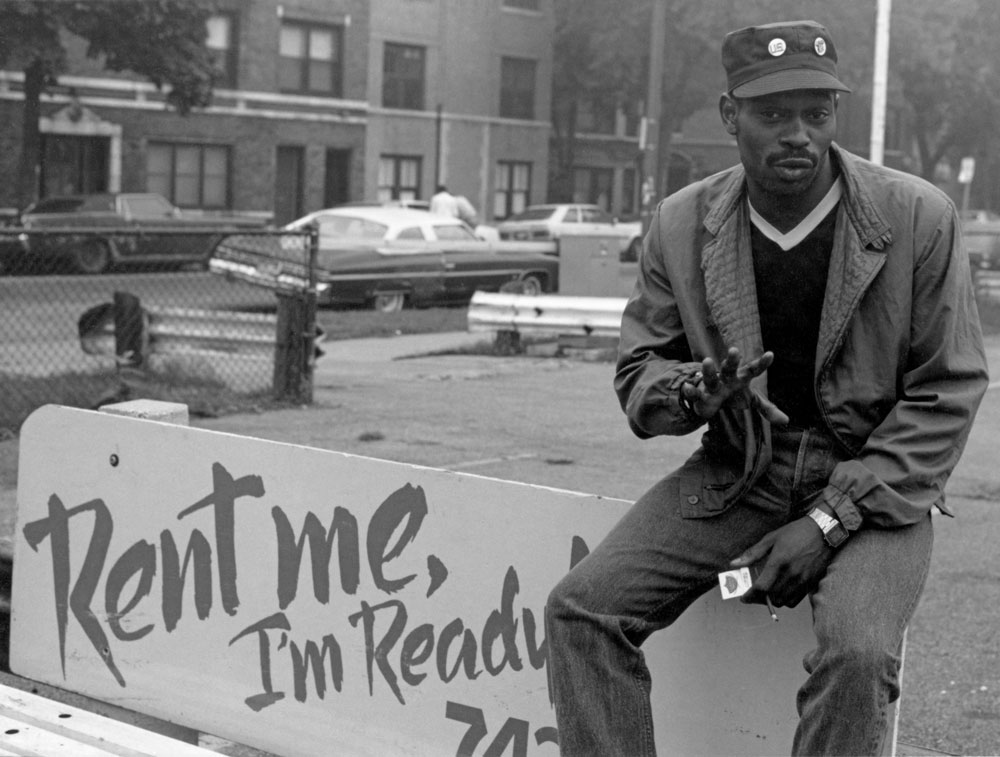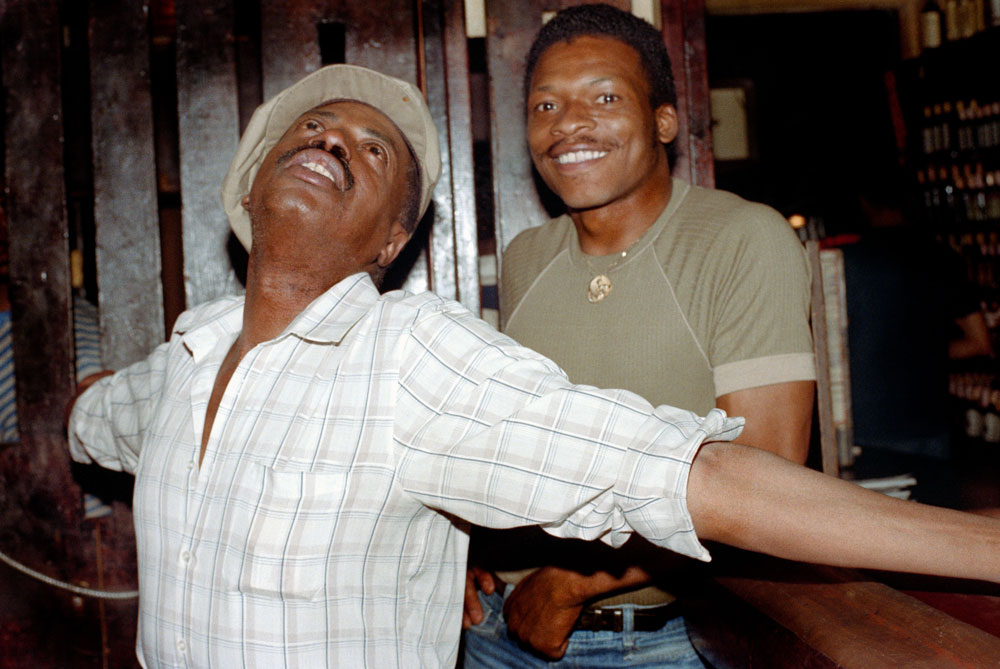
Since hanging out its welcome sign in Lincoln Park five years ago, Wrightwood 659 has been energizing the city’s art scene with unimaginable reliability and vigor. Even though referring to itself as space for the “presentation … of architecture and socially engaged art” is completely accurate, the statement doesn’t capture the scope and range of superb art the gallery has been sharing with the city in the few years it’s been in operation.
April 14th marked its opening of three new and very different exhibitions that all confirm the breadth of beauty to be found at the intersection of social consciousness and the creative process. They also reveal how the impulse to create art can spring from vastly different inspirations. Presented through photography and electronic mediums, the three exhibitions reflect both homegrown and international sensibilities. Regardless of their origin, each of them; either subtly or profoundly, makes lasting personal impacts.

A finely curated set of photographs of gay Black men from the 1980’s, Take My Picture can be considered an invitation to unseen world. A candid look into a population whose marginalized and often trivialized status rendered it all but invisible, the exhibit’s photographs complete a chapter in our shared history. Patric McCoy, an environmental scientist commuting downtown to work and back with camera in tow; saw the people who made up that world. Taking notice of him and his camera as well, it wasn’t unusual for strangers to ask him to take their pictures. McCoy’s initial attempts to bolster his photographic skills eventually led him to begin taking what would become thousands of images of an obscure but vibrant alternate existence.

Several of the 50 photographs in the Take My Picture collection include men in outdoor settings whose expressions and postures telegraph a trove of messages; including seduction. Often frank and at other times more studied, the psychological distance between the photographer and his subjects seems never to exist, leaving generous room for the warmth and acceptance you feel in the images. There are also photographs taken inside the Rialto Tap, a legendary but now extinct sanctuary of sorts in the South Loop. Both a bar and a refuge, its central location made it a convenient, reliable and near exclusive haven for a wide spectrum of gay Black men in Chicago. Just as with haunts like it around the country and world; post Stonewall but before broad societal acceptance of LBGTQ communities, it was a place where people went to drop their masks and be themselves. The trust, ease and telling depths of gaze McCoy captures in his sweep of photographs opens the door and sheds light on countless untold stories. Through his pictures, McCoy helps to complete the narrative of who we as a city and nation are. Their exceptional quality and the wonderful commentary accompanying the collection by the exhibition’s curator, Juarez Hawkins, make Take My Picture supremely gratifying and enlightening.

Internationally celebrated photographer Shahidul Alam’s lens takes in an entire country. For decades, he’s been using his camera as a tool of resistance to social injustice and political repression. Instability and hardship has marked much of Bangladesh’s history since it became an independent state in the earls 70s. Deeply impacted by the deaths of activists who were killed or disappeared for decrying autocracy or fighting for the rights of women and indigenous peoples, the camera became Alam’s vehicle of defiance. A journalist, writer and activist’s as well as a photographer, his work has landed him in prison and subjected him to torture. It’s also garnered him fame and legions of supporters in Bangladesh and around the world. Singed But Not Burnt, a title that alludes to the perils of doing substantive and effective work in volatile conditions, spans over 40 years of his photographic career. As a body of work, they are magnificent. Choosing to concentrate his attention on the under-represented, he presents the human cost of inequity and repression in a country the size of Iowa with a population of over 170 million. Through Alam’s gifts as a photographer, we’re shown both intimate and epic depictions of the precariousness of life and the driving hunger for autonomy and self-actualization. We see will and resilience expressed in both personal and collective fortitude. His images also expose inconceivable realities that can turn children in revolutionaries. One photograph pays tribute to a young martyr killed for demonstrating against the government. Memorialized on a brick wall with the words “Let Democracy be Free” written on his bare back, its message is one that still reverberates around the world. Another image shows a face peering with terrified eyes through the bars of a cell, the real life embodiment of Edward Munch’s The Scream. Alam elevates the truth these events tell to the plane of beauty. Other images show resistance taking root. Although the hope they register is welcome, it’s clear the battle will be long. But one of photography’s many gifts, as we see so vividly in Singed But Not Burnt, is its ability to document heroic tenacity.

What might we see when we blend the past and future through the prism of explosive imagination? If the artist is Kong Khong-chang, known as Kongkee; it will be the prescient and the profound engulfed in brilliant color. The story of an ancient poet’s soul that’s reborn hundreds of years later as an android, Kongkee: Warring States Cyberpunk, creates joy through limitless creativity. Among other approaches, the artist; who’s also an animation director, uses multi-screen videos, wall projections, and neon installations to propel his fantastical tale. Although allusions to the past can be understated, it doesn’t detract from the impact of the art. Most will be transfixed at power of the individual installations and likely create their own narratives while losing themselves in the beauty of the pieces filling the show. With so many interesting references to investigate in virtually all of his pieces, and the wonderful way Kongkee uses light behind color to add otherworldly intensity, the exhibition manages to be as thrilling as it is lush.

Prior to its arrival in Chicago, Kongkee: Warring States Cyberpunk enjoyed a very successful stay at the Asian Art Museum of San Francisco where it set attendance records. Because its futuristic themes and sumptuous textures transcend conventional demographic appeal , the show attracted not only the young, but also many visitors from San Francisco’s Black and Latin communities. The essential space electronic art fills in the greater art world will undoubtedly be ratified in Chicago as well.
Take My Picture
Singed But Not Burnt
Kongkee: Warring States of Cyberpunk
April 14 – July 15, 2023
Wrightwood 659
659 W. Wrightwood Avenue
Chicago, IL 60614